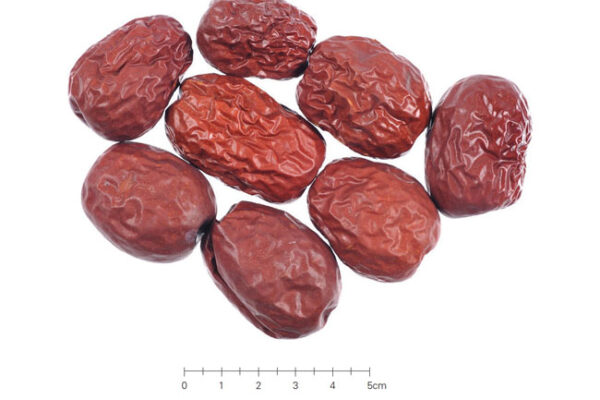Pancreotonia Diet & Traits: 7 Powerful Health Insights in Eight-Constitution Medicine
What Is Pancreotonia?
In Eight-Constitution Medicine, Pancreotonia is a constitution defined by excess spleen-stomach energy and weak kidney-bladder function. This internal energy profile explains why individuals with this constitution typically digest food well, but experience issues related to heat accumulation, lower-body weakness, and emotional agitation. Though Pancreotonia shares its Earth classification with Gastrotonia, it is far more common. In fact, many individuals classified as “Soyangin” in traditional Sasang typology correspond to Pancreotonia under the Eight-Constitution system.
1. Organ Energy Hierarchy
Pancreotonia displays the following organ energy order:
- Strongest: Spleen and Stomach
- Moderately Strong: Heart and Small Intestine
- Moderate: Liver and Gallbladder
- Weak: Lungs and Large Intestine
- Weakest: Kidneys and Bladder
This imbalance often leads to over-functioning digestion and under-functioning fluid regulation and energy recovery systems, particularly in the lower back, knees, and reproductive organs.
2. Prone to Overheating and Restlessness
Due to accumulated internal digestive fire, Pancreotonia types are naturally warm. This can manifest in:
- Facial flushing
- Insomnia
- Irritability
- A tendency to rush and feel agitated
As heat builds, it may also intensify stomach-related disorders or contribute to hypertension, ulcers, or chronic fatigue from kidney depletion. Emotional symptoms may include impatience, immediate anger, and anxiety under pressure.

3. Common Physical Tendencies
Even in youth, Pancreotonia individuals may:
- Experience knee or lower back discomfort
- Struggle with hot upper bodies and cold extremities
- Have a strong appetite but fluctuating energy levels
- Show signs of early fatigue when exposed to heat or intense activity
Despite these vulnerabilities, they often appear strong and energetic—especially in social or high-performance environments.
4. Harmful Foods to Avoid
Avoid foods that generate additional heat or overstimulate the already strong digestive system:
- Meats: Chicken, lamb, duck, goat
- Spices & Seasonings: Onion, garlic, ginger, chili pepper, curry
- Grains: Brown rice, glutinous rice, sweet potato
- Fruits: Citrus fruits, mango, apple, orange, tomato
- Fats & Oils: Sesame oil, corn oil
- Others: Ginseng, honey, alcohol, royal jelly, cinnamon, red dates
- Drinks: Overly hot teas or stimulating herbal tonics
Even healthy ingredients can act as internal fire triggers for this constitution.
5. Beneficial Foods for Cooling and Balancing
The ideal Pancreotonia diet emphasizes cooling, hydrating, and mildly tonifying ingredients:
- Meats: Pork, lean beef, egg whites
- Seafood: Shrimp, squid, crab, clam, pufferfish
- Grains: Barley, red beans, white rice
- Vegetables: Lettuce, cucumber, radish, cabbage, bellflower root
- Fruits: Melon, banana, kiwi, strawberry, persimmon, green grapes
- Teas: Barley tea, lotus leaf tea
- Cool-toned ingredients: Foods served at room temperature or slightly chilled
Balanced cooking—neither raw nor too hot—is key to digestive and emotional comfort.
6. Lifestyle Tips to Manage Heat and Energy
Because Pancreotonia types are prone to heat and tension, daily practices should center on calming the nervous system and preventing burnout. Recommended habits include:
- Prioritizing slow-paced meals without distractions
- Practicing breathwork, meditation, or tai chi
- Ensuring light sweat through mild exercise (walking, stretching)
- Sleeping in cool, quiet rooms
- Taking warm showers—not too hot, not too cold
- Avoiding overthinking or multitasking, which drain kidney energy
Mental stillness is just as important as dietary balance in this constitution.
7. Cultural and Emotional Context
Pancreotonia is believed to be relatively common in Korean populations, perhaps even influencing the well-known “hurry-hurry” (빨리빨리) cultural trait. While some of this urgency is geopolitical, the internal digestive fire characteristic of Pancreotonia may explain widespread mental impatience and impulsiveness. Recognizing this energetic tendency can help individuals live with more compassion, patience, and awareness.
Final Thoughts
Pancreotonia types are driven, energetic, and often excellent problem-solvers—but they must manage internal fire and kidney depletion carefully. Through heat-minimizing diets, emotional regulation, and balanced movement, this constitution can thrive with clarity and longevity.
One-Line Summary:
Pancreotonia flourishes through cooling foods, slow living, and calm minds.
For the original Korean text, visit here. If you’re curious about the basics of traditional Korean medicine and health, read the following article: The Truth About 8 Constitution Medicine: A Revolutionary Healing Framework Explained Key Concept in 8, Eight-Constitution Medicine: Optimal Imbalance (What Constitutional Diagnosis Really Means)
What Your Sleeping Position Says About Your Health
Learn Why Studying JangSang Medicine is Important.
Frequently Asked but Silly Questions (Foods Good for the Liver??)

